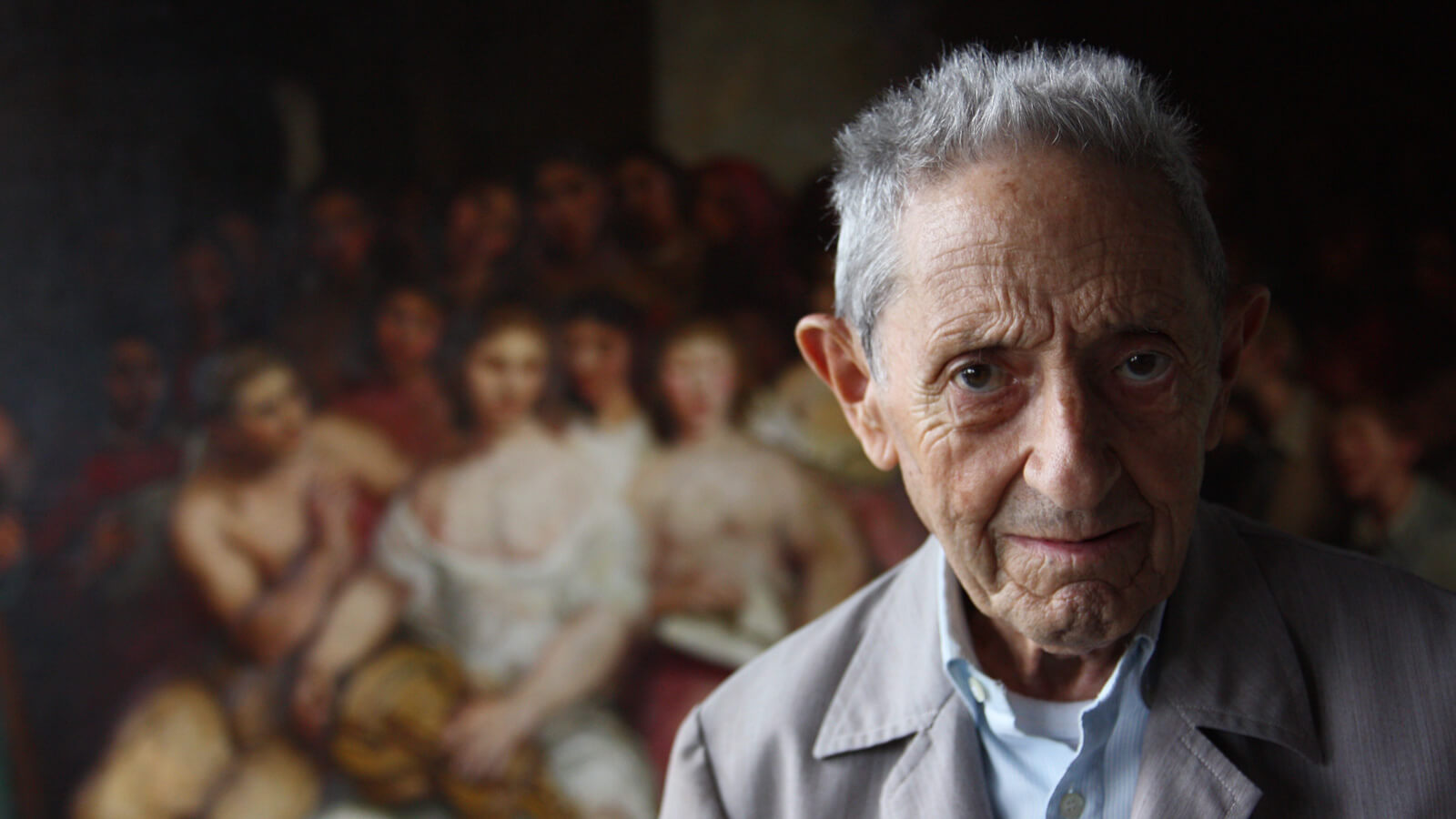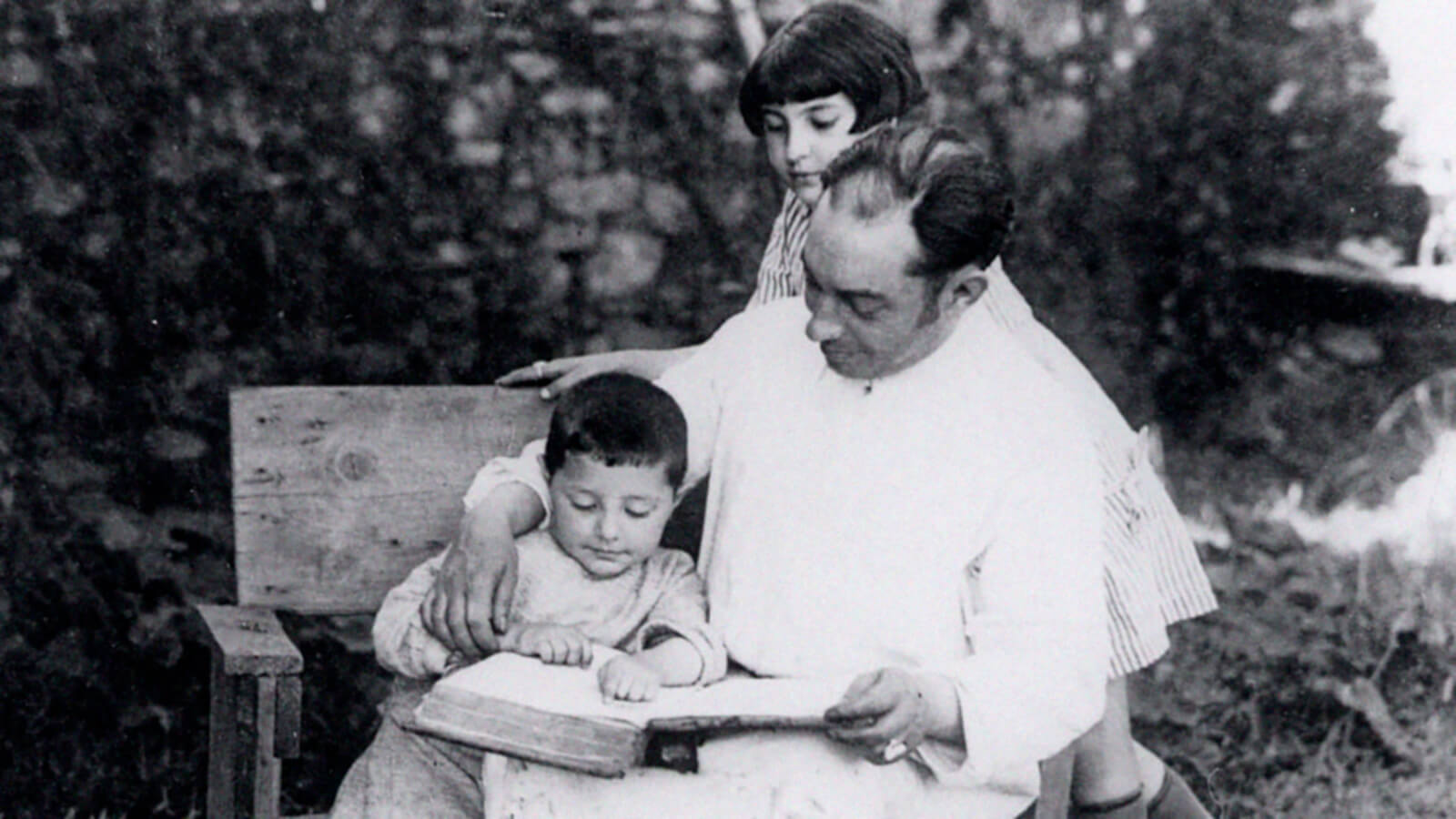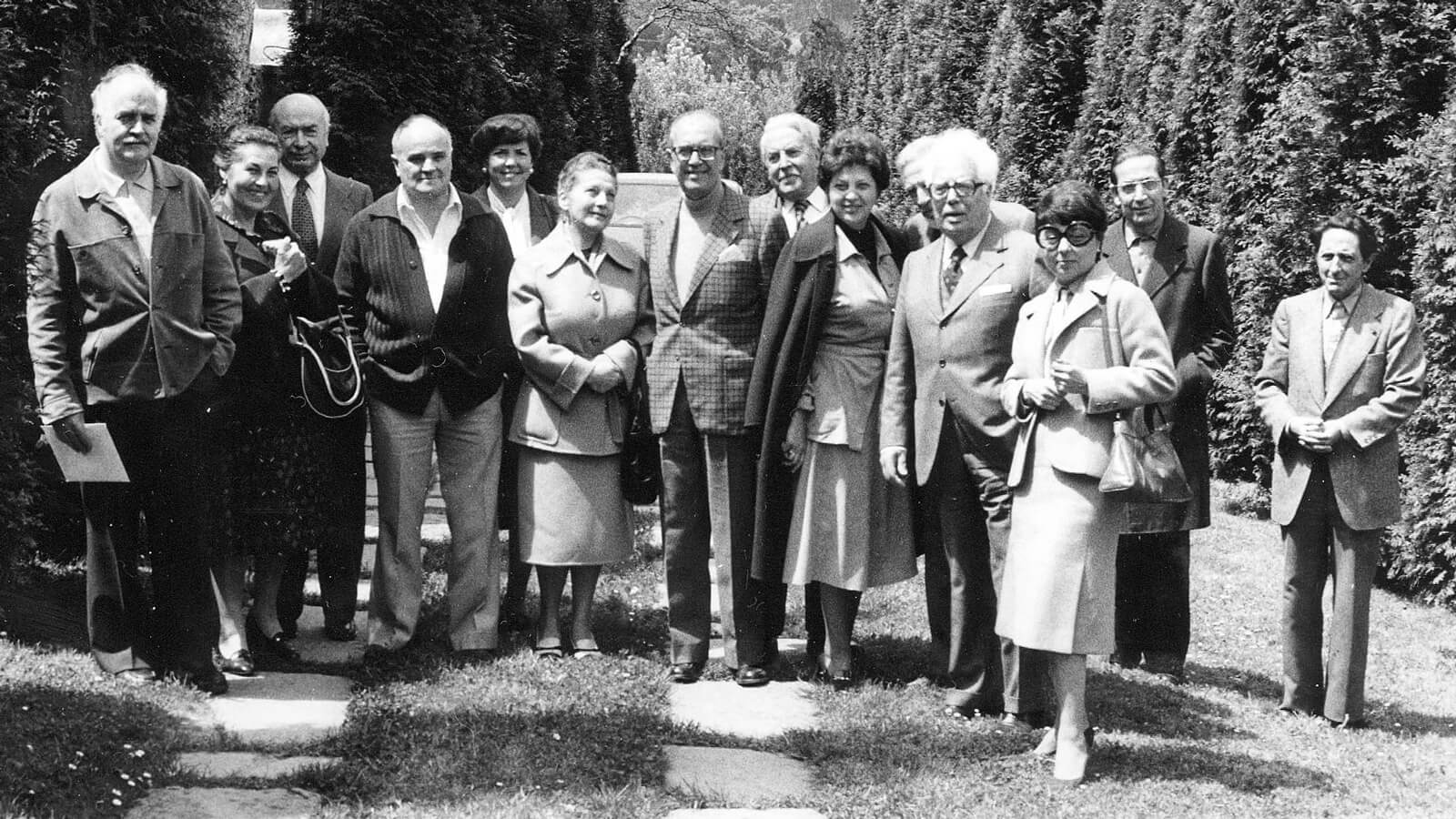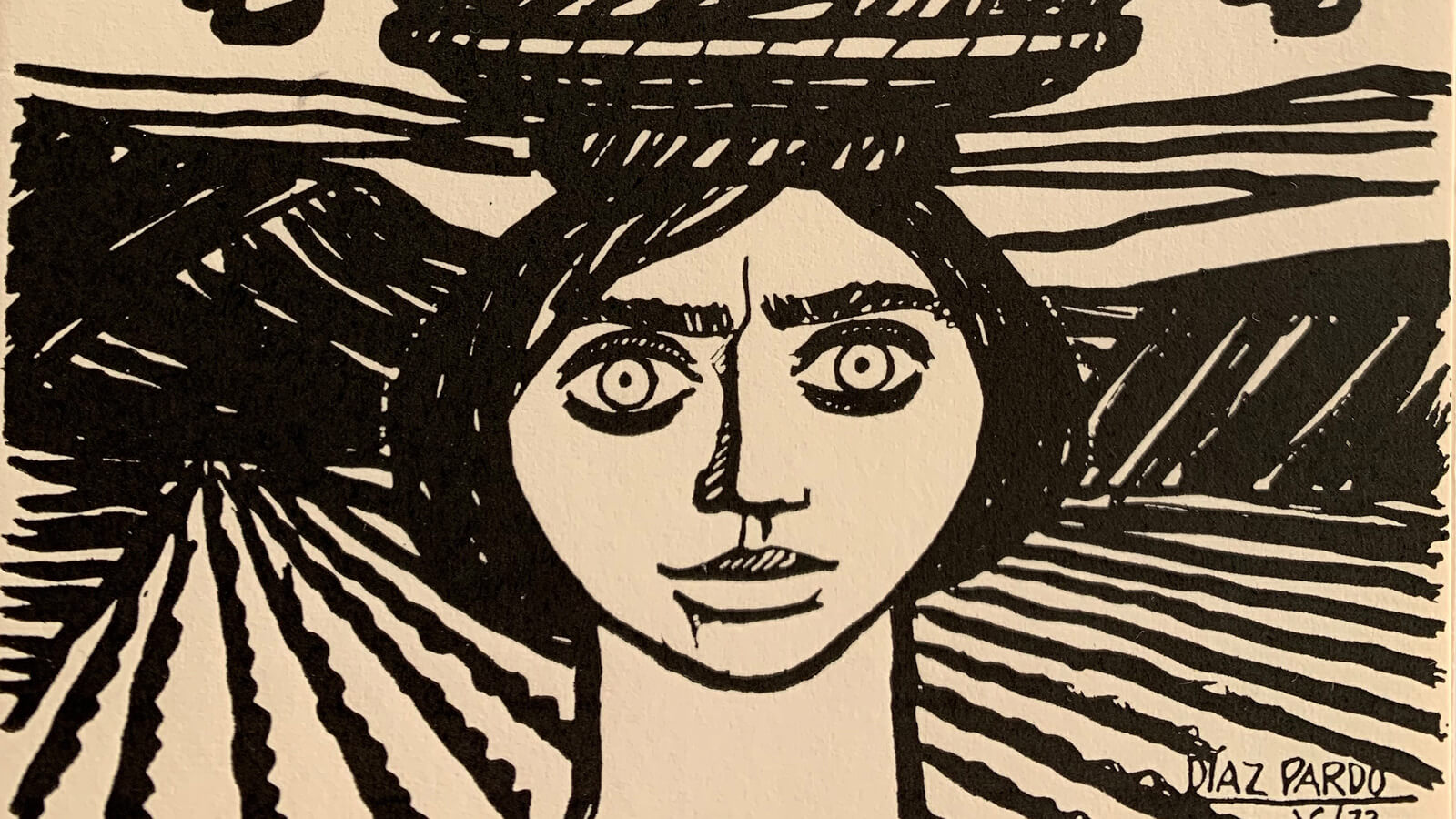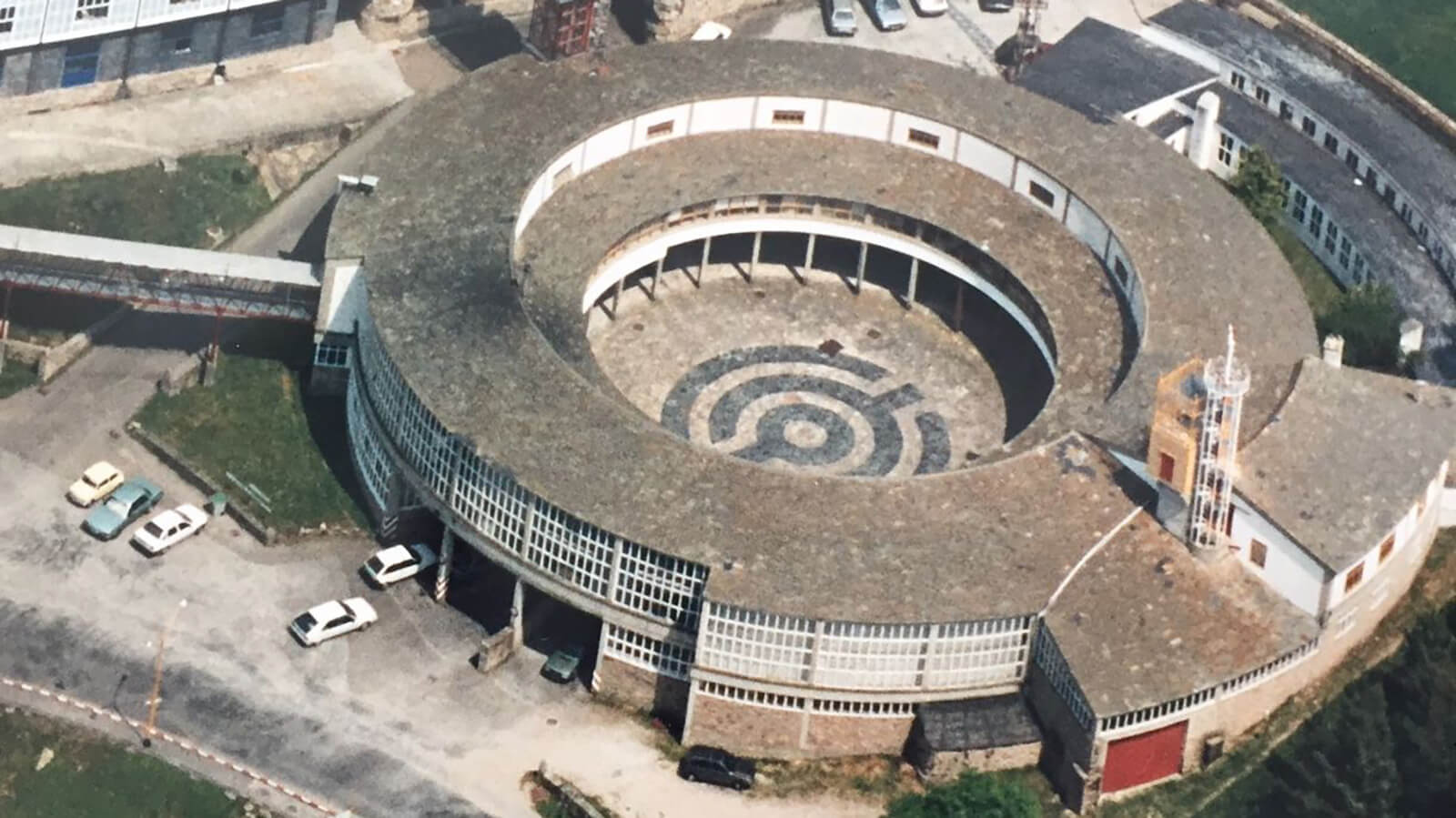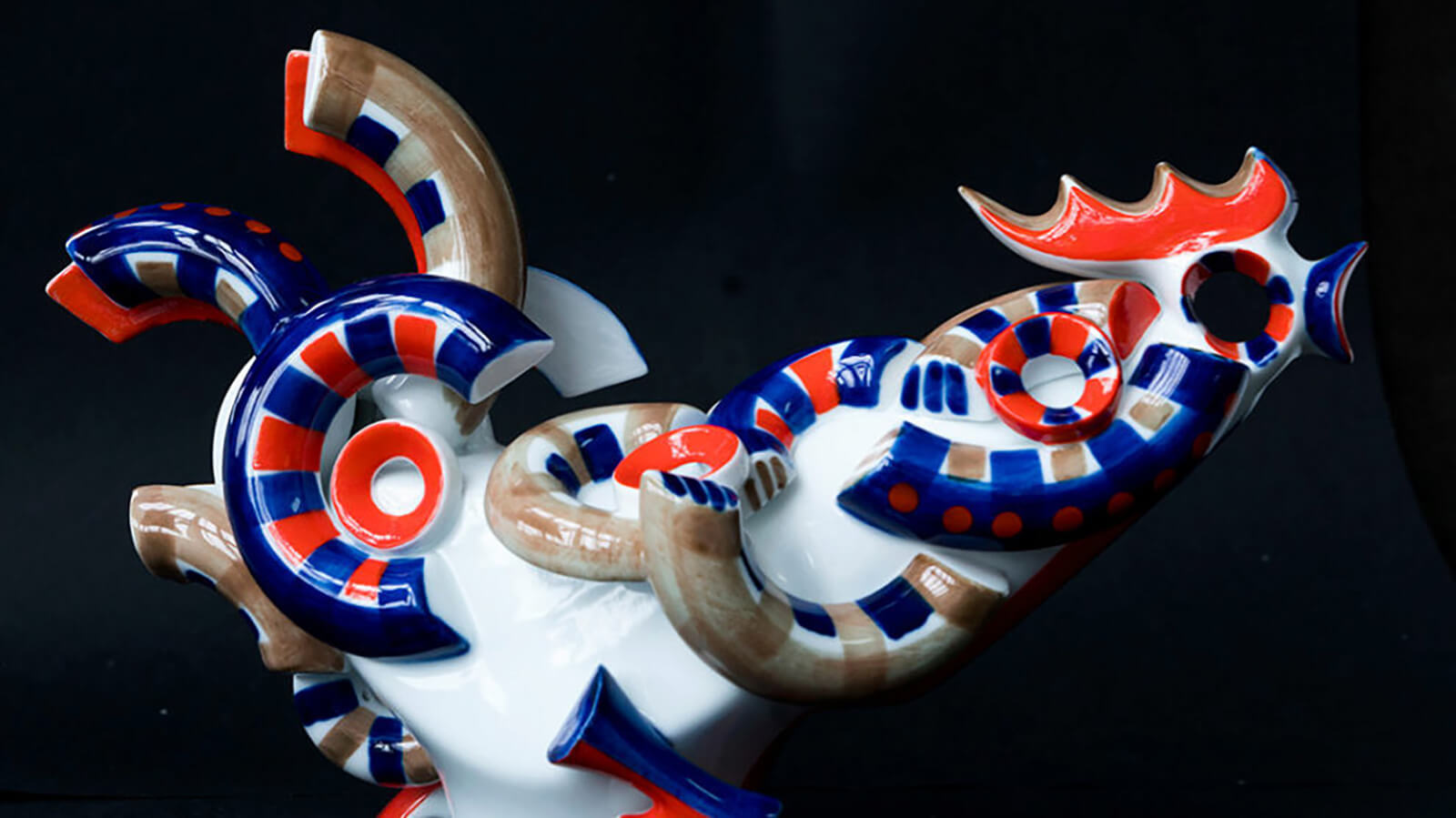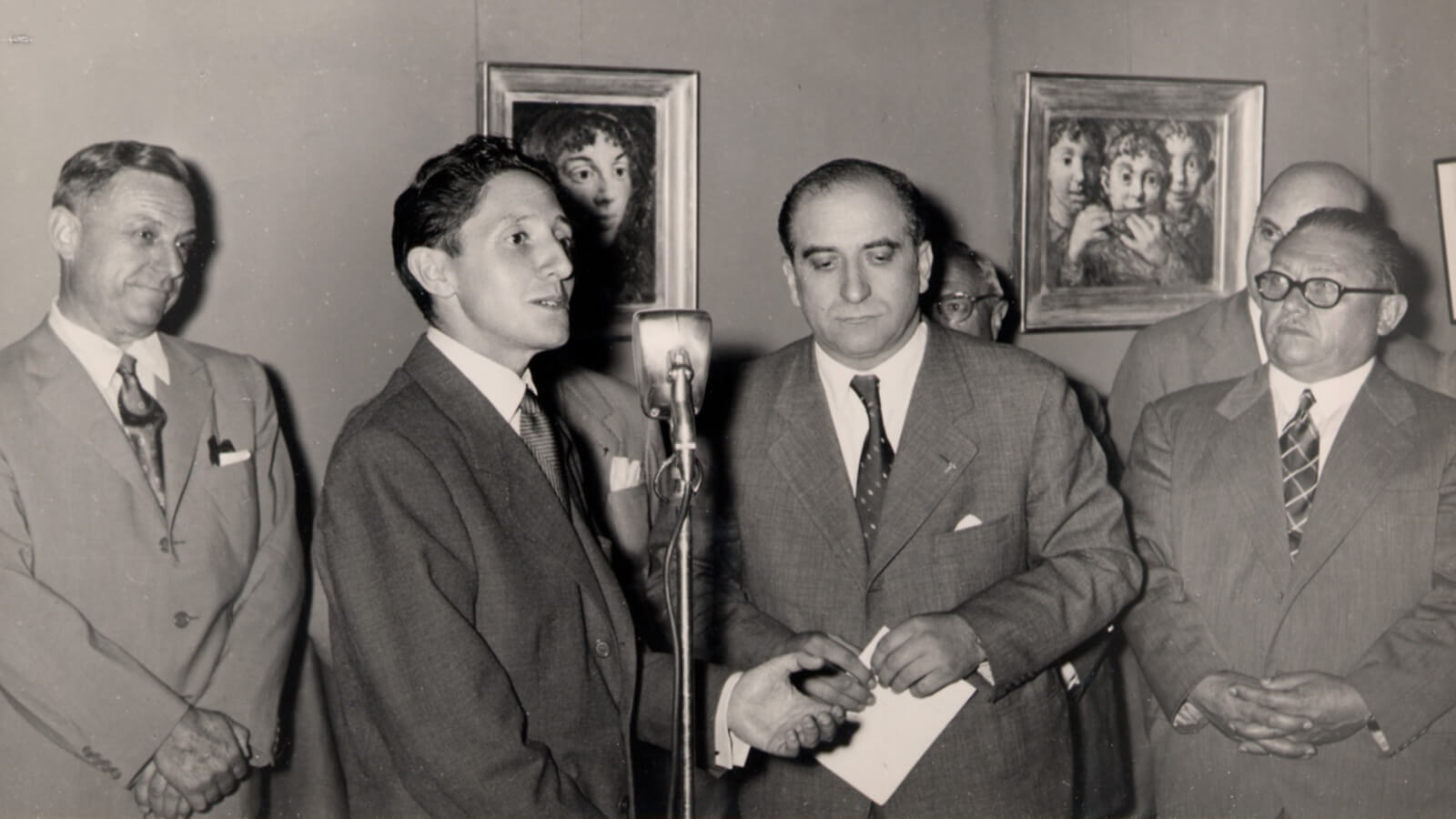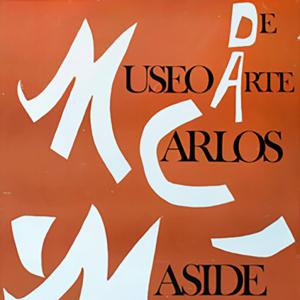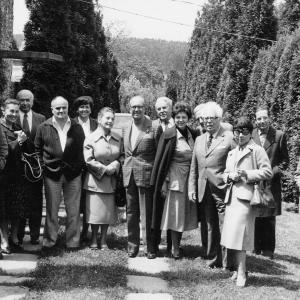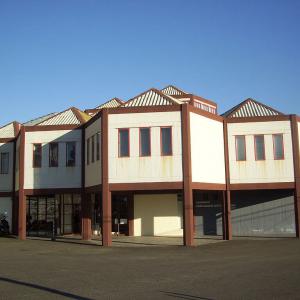The creation of the Carlos Maside Museum of Contemporary Art was the second of the projects implemented by the Laboratorio de Formas in 1970. The Museum was named after one of the most important artists of the Renewal Movement in Galician art (the idea appears to have been Rafael Dieste's). Its aim, according to Luis Seoane, was to conserve and exhibit, starting with Castelao as the origin of renewal, the works of Galician art of the generation of artists of the 1930s, who broke with the traditional rules of Galician art and had become unknown as a result of death, exile abroad or in Spain, or the oblivion suffered by many of its members after the Civil War and the establishment of Franco’s dictatorship. The project also included the idea of conserving and exhibiting the works of artists of later generations.
The creation of the Carlos Maside Museum of Contemporary Art was the second of the projects implemented by the Laboratorio de Formas in 1970.
As well as the static functions (permanent exhibition rooms, archive and library), the project included dynamic functions such as programming exhibitions, talks, film screenings and even the creation of a travelling Carlos Maside “Barraca” exhibition space, along the lines of the Barraca Resol set up in Santiago during the Second Republic, to show works of art and give talks in small Galician towns.
Its aim was to conserve and exhibit, starting with Castelao as the origin of renewal, the works of Galician art of the generation of artists of the 1930s, who broke with the traditional rules of Galician art.
An agreement was reached between the Laboratorio de Formas and Cerámicas do Castro in February 1970 to create the Museum. Four months later, on 18 May, the museum was officially opened with a lecture by Rafael Dieste in three rooms of the first floor of a temporary building ceded by Cerámicas do Castro. There were one hundred and twenty pieces on display, donated from the collections of the founding members of the Laboratorio de Formas.
The project included dynamic functions such as programming exhibitions, talks, film screenings, etc.
In 1971 the Museum was expanded with a new room dedicated to temporary exhibitions. It was inaugurated with an exhibition of etchings by Picasso and Miró, after which there were exhibitions dedicated to Grosz, Alberto, Clavé, Solana, Guinovart and Bertolt Brecht.
Xosé Díaz programmed film screenings in the Museum, in which films and documentaries could be seen for the first time in Galicia about expressionism, Dadaism, surrealism...
It is important to highlight the work of Xosé Díaz in these initial years. He programmed film screenings in the Museum, in which films and documentaries could be seen for the first time in Galicia about expressionism, Dadaism, surrealism, Le Corbusier, Picasso, as well as the experimental cinema of the Pole Jan Lenica, the Germans Walter Ruttman and Hans Richter and the Yugoslav Vlado Kristl. The dynamism of the Museum was also demonstrated by the talks given by Galician intellectuals and the publication of leaflets on exhibitions, posters of exhibitions and books such as those by Luis Seoane on Carlos Maside (1971) and George Grosz (1975), Rafael Dieste on Arturo Souto (1969) and Xosé Díaz on the sculptor Alberto Sánchez (1975).
In 1982, the Museum moved to its definitive location, the building designed by Andrés Fernández- Albalat. It is a construction on three floors, with twelve exhibition rooms and an auditorium designed by Díaz Pardo.
The collection numbers 2,100 works, 500 of them on permanent exhibition.
The collection numbers 2,100 works, 500 of them on permanent exhibition. The ground floor exhibits the works of Castelao and the Renewal Movement; the first floor, the artists and movements from the Civil War to modern times; while the second floor is dedicated to humorous drawings and comics.

